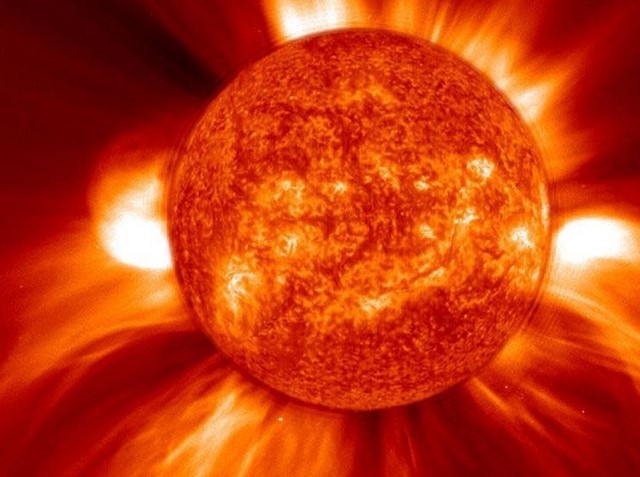
Why the world needs to know about India’s most recent Sun mission discovery
India’s recent breakthrough with the Aditya-L1 mission, its first solar observatory, is making headlines globally due to its potential to significantly enhance understanding of the Sun and its influence on space weather. The spacecraft, now positioned at the Lagrange Point 1 (L1), approximately 1.5 million kilometers from Earth, is uniquely suited for continuous solar observation without interruptions from eclipses or occultations.
This vantage point enables the mission to study critical solar phenomena, including the dynamics of the Sun’s outer layers (the corona) and space weather effects on Earth.

The mission’s payloads, including electromagnetic and particle detectors, are designed to observe the Sun’s photosphere and chromosphere, while also analyzing solar wind and magnetic field interactions. Such data is invaluable for predicting solar storms that can disrupt satellite communications, GPS systems, and even power grids on Earth.
Beyond the scientific advancements, Aditya-L1 marks a significant step in India’s growing space ambitions, showcasing its ability to execute cost-effective and sophisticated missions. The mission contributes to global efforts in solar research, complementing projects like NASA’s Parker Solar Probe and ESA’s Solar Orbiter, making it a crucial piece in the international study of solar dynamics.
